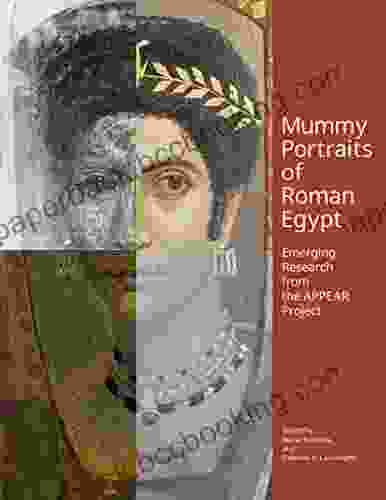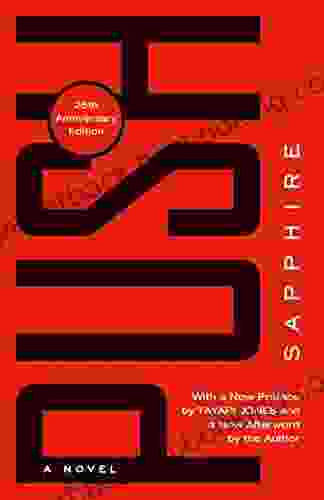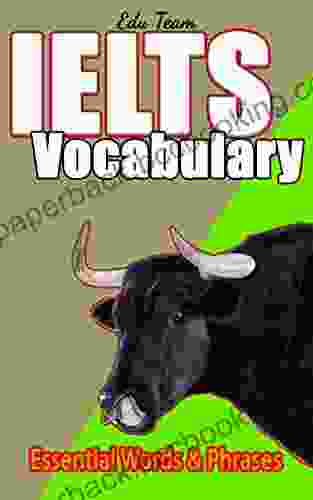Computers and Typography: Revolutionizing the Written Word

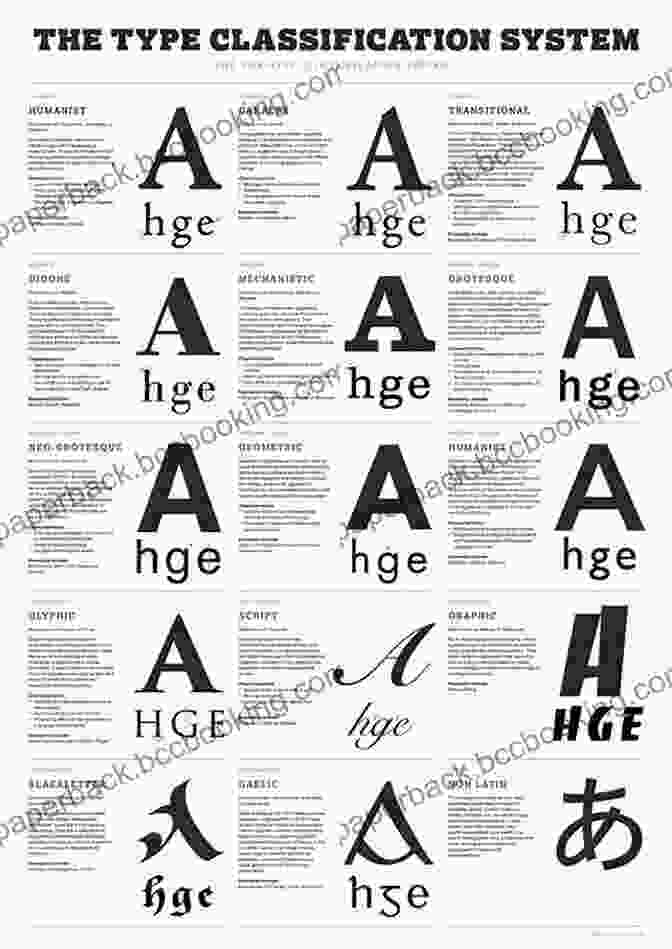
The advent of computers has profoundly transformed the world of typography, the art and technique of arranging type to make written language legible, readable, and visually appealing. This digital revolution has empowered designers with unprecedented tools and capabilities, while simultaneously challenging traditional notions of type design and production. In this article, we will delve into the fascinating interplay between computers and typography, exploring the origins, advancements, and implications of this technological transformation.
Historical Origins
The roots of computer-aided typography can be traced back to the 1950s, with the development of early computer systems capable of storing and manipulating digital fonts. These systems, such as the IBM 7094, allowed designers to create and edit typefaces on a digital canvas, a significant departure from traditional hand-drawn methods.
4.4 out of 5
| Language | : | English |
| File size | : | 4583 KB |
| Text-to-Speech | : | Enabled |
| Screen Reader | : | Supported |
| Enhanced typesetting | : | Enabled |
| Print length | : | 192 pages |
In the 1960s, computer-generated typography took a leap forward with the of phototypesetting machines. These devices replaced traditional hot metal typesetting, offering greater precision, flexibility, and the ability to produce high-quality typesetting directly from digital files.
Digital Type Design
The advent of digital type design software in the 1970s marked a watershed moment in typography. Programs like Adobe FontLab and Fontographer empowered designers to create and modify typefaces with unprecedented precision and control. Digital type design tools allowed for the creation of complex, intricate, and highly stylized fonts that were impossible to achieve through traditional methods.
The emergence of digital type foundries, such as Adobe Type Library and Bitstream, further accelerated the development of digital fonts. These foundries created and distributed a vast array of typefaces, expanding the choices available to designers and making it easier to find the perfect font for any given project.
Font Management and Workflow
Computers have also revolutionized font management, the process of organizing and accessing fonts on a computer system. In the pre-computer era, designers had to rely on physical font catalogs or limited font libraries. With the advent of digital font management software, designers now have the ability to browse, preview, and install fonts effortlessly, ensuring that they have the right fonts for their projects at their fingertips.
Additionally, computers have streamlined typography workflow by integrating type design, text editing, and layout into a single cohesive process. Design software like Adobe InDesign and QuarkXPress allow designers to create complex page layouts, incorporating text, graphics, and images, while maintaining typographic consistency throughout.
Web Typography and Digital Reading
The rise of the internet and digital publishing has brought new challenges and opportunities for typography. Web typography involves the design and implementation of typefaces for use on websites and other digital platforms. Designers must consider factors such as screen resolution, font rendering, and accessibility when selecting and using typefaces for the web.
Digital reading devices, such as e-readers and tablets, have also presented unique challenges for typography. Designers must ensure that typefaces are readable and visually appealing on these devices, even when viewed at small sizes and in variable lighting conditions.
Artificial Intelligence and Typography
Artificial intelligence (AI) is emerging as a transformative force in typography. AI algorithms can be used to generate new typefaces, analyze text for readability and accessibility, and even optimize type settings for specific platforms. AI-powered tools are helping designers to work more efficiently and explore new creative possibilities.
The Future of Computers and Typography
As technology continues to advance, the symbiotic relationship between computers and typography will undoubtedly continue to evolve. Future advancements could include:
- Further integration of AI into type design and typography workflow
- Development of personalized typography systems that adapt to individual reading preferences
- Enhanced accessibility features to ensure that typography is inclusive for all users
- New font technologies that push the boundaries of what is possible in typography
The advent of computers has profoundly transformed the world of typography, empowering designers with unprecedented tools and capabilities. The digital revolution has led to the development of new type design techniques, streamlined workflow, and the emergence of digital reading platforms. As technology continues to advance, we can expect to see even more exciting developments in the interplay between computers and typography. This dynamic and ever-evolving field will undoubtedly continue to shape the way we communicate and interact with the written word.
4.4 out of 5
| Language | : | English |
| File size | : | 4583 KB |
| Text-to-Speech | : | Enabled |
| Screen Reader | : | Supported |
| Enhanced typesetting | : | Enabled |
| Print length | : | 192 pages |
Do you want to contribute by writing guest posts on this blog?
Please contact us and send us a resume of previous articles that you have written.
 Book
Book Novel
Novel Page
Page Chapter
Chapter Text
Text Story
Story Genre
Genre Reader
Reader Library
Library Paperback
Paperback E-book
E-book Magazine
Magazine Newspaper
Newspaper Paragraph
Paragraph Sentence
Sentence Bookmark
Bookmark Shelf
Shelf Glossary
Glossary Bibliography
Bibliography Foreword
Foreword Preface
Preface Synopsis
Synopsis Annotation
Annotation Footnote
Footnote Manuscript
Manuscript Scroll
Scroll Codex
Codex Tome
Tome Bestseller
Bestseller Classics
Classics Library card
Library card Narrative
Narrative Biography
Biography Autobiography
Autobiography Memoir
Memoir Reference
Reference Encyclopedia
Encyclopedia Michael Pronko
Michael Pronko Rachel Blunk
Rachel Blunk Sj Bennett
Sj Bennett Vera Koo
Vera Koo Walter Rodney
Walter Rodney Richard Middleton
Richard Middleton Milton Gussow
Milton Gussow Muon Thi Van
Muon Thi Van Linda Jaivin
Linda Jaivin Stacey Weaver
Stacey Weaver Nurys Harrigan Pedersen
Nurys Harrigan Pedersen Sally Row
Sally Row Robert E Lee
Robert E Lee Zak George
Zak George Laurie Lisle
Laurie Lisle Lecile Harris
Lecile Harris Sam Harris
Sam Harris Mir Sajjad Ali
Mir Sajjad Ali Maria Thompson Daviess
Maria Thompson Daviess Marc Ecko
Marc Ecko
Light bulbAdvertise smarter! Our strategic ad space ensures maximum exposure. Reserve your spot today!
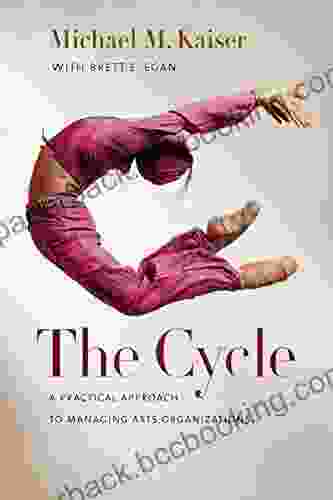
 Julio Ramón RibeyroUnlocking the Secrets to Thriving Arts Organizations: A Comprehensive Guide...
Julio Ramón RibeyroUnlocking the Secrets to Thriving Arts Organizations: A Comprehensive Guide... William PowellFollow ·3.2k
William PowellFollow ·3.2k Harvey BellFollow ·15.6k
Harvey BellFollow ·15.6k Ivan TurnerFollow ·12.5k
Ivan TurnerFollow ·12.5k Darius CoxFollow ·17.4k
Darius CoxFollow ·17.4k Aldous HuxleyFollow ·14.2k
Aldous HuxleyFollow ·14.2k Levi PowellFollow ·11.9k
Levi PowellFollow ·11.9k Henry GreenFollow ·16.2k
Henry GreenFollow ·16.2k Aaron BrooksFollow ·8.7k
Aaron BrooksFollow ·8.7k

 E.M. Forster
E.M. ForsterBluewater Walkabout: Into the Pacific
An Unforgettable...

 Joseph Foster
Joseph FosterUnlock the Secrets of Standardized Test Success with Test...
Are you tired of struggling with standardized...
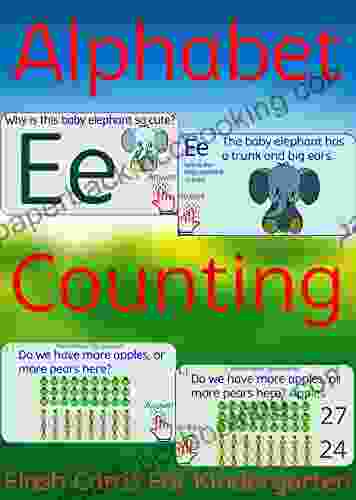
 Joe Simmons
Joe SimmonsUnlock Learning with Flash Cards for Kindergarten:...
Ignite a Passion for...

 Raymond Parker
Raymond ParkerJourney into the Enchanting World of "The Heart Kingdom"...
A Timeless Tale of Love,...
4.4 out of 5
| Language | : | English |
| File size | : | 4583 KB |
| Text-to-Speech | : | Enabled |
| Screen Reader | : | Supported |
| Enhanced typesetting | : | Enabled |
| Print length | : | 192 pages |



